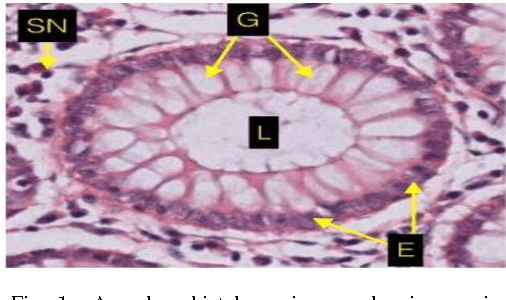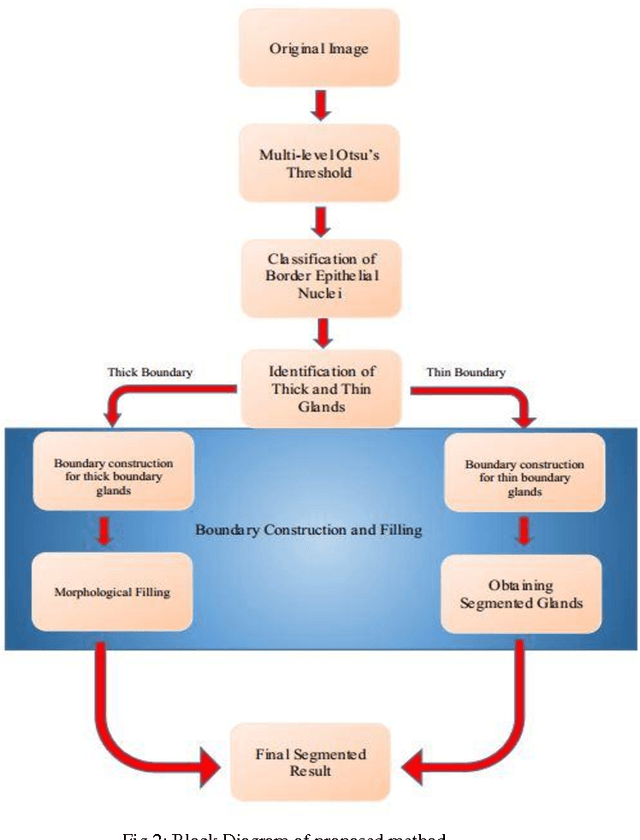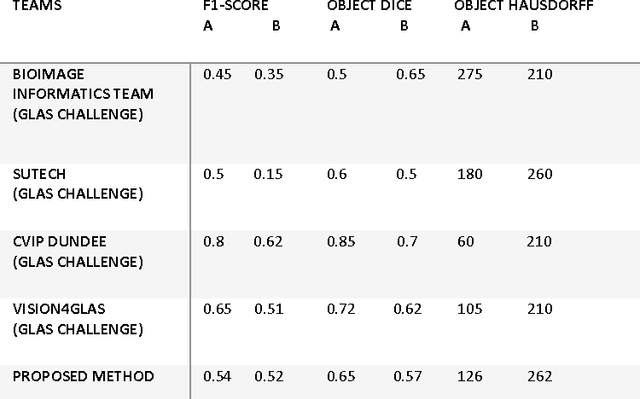Salman S. Khan
FlatTrack: Eye-tracking with ultra-thin lensless cameras
Jan 26, 2025Abstract:Existing eye trackers use cameras based on thick compound optical elements, necessitating the cameras to be placed at focusing distance from the eyes. This results in the overall bulk of wearable eye trackers, especially for augmented and virtual reality (AR/VR) headsets. We overcome this limitation by building a compact flat eye gaze tracker using mask-based lensless cameras. These cameras, in combination with co-designed lightweight deep neural network algorithm, can be placed in extreme close proximity to the eye, within the eyeglasses frame, resulting in ultra-flat and lightweight eye gaze tracker system. We collect a large dataset of near-eye lensless camera measurements along with their calibrated gaze directions for training the gaze tracking network. Through real and simulation experiments, we show that the proposed gaze tracking system performs on par with conventional lens-based trackers while maintaining a significantly flatter and more compact form-factor. Moreover, our gaze regressor boasts real-time (>125 fps) performance for gaze tracking.
OpEnCam: Lensless Optical Encryption Camera
Dec 02, 2023Abstract:Lensless cameras multiplex the incoming light before it is recorded by the sensor. This ability to multiplex the incoming light has led to the development of ultra-thin, high-speed, and single-shot 3D imagers. Recently, there have been various attempts at demonstrating another useful aspect of lensless cameras - their ability to preserve the privacy of a scene by capturing encrypted measurements. However, existing lensless camera designs suffer numerous inherent privacy vulnerabilities. To demonstrate this, we develop the first comprehensive attack model for encryption cameras, and propose OpEnCam -- a novel lensless OPtical ENcryption CAmera design that overcomes these vulnerabilities. OpEnCam encrypts the incoming light before capturing it using the modulating ability of optical masks. Recovery of the original scene from an OpEnCam measurement is possible only if one has access to the camera's encryption key, defined by the unique optical elements of each camera. Our OpEnCam design introduces two major improvements over existing lensless camera designs - (a) the use of two co-axially located optical masks, one stuck to the sensor and the other a few millimeters above the sensor and (b) the design of mask patterns, which are derived heuristically from signal processing ideas. We show, through experiments, that OpEnCam is robust against a range of attack types while still maintaining the imaging capabilities of existing lensless cameras. We validate the efficacy of OpEnCam using simulated and real data. Finally, we built and tested a prototype in the lab for proof-of-concept.
FlatNet: Towards Photorealistic Scene Reconstruction from Lensless Measurements
Oct 29, 2020



Abstract:Lensless imaging has emerged as a potential solution towards realizing ultra-miniature cameras by eschewing the bulky lens in a traditional camera. Without a focusing lens, the lensless cameras rely on computational algorithms to recover the scenes from multiplexed measurements. However, the current iterative-optimization-based reconstruction algorithms produce noisier and perceptually poorer images. In this work, we propose a non-iterative deep learning based reconstruction approach that results in orders of magnitude improvement in image quality for lensless reconstructions. Our approach, called $\textit{FlatNet}$, lays down a framework for reconstructing high-quality photorealistic images from mask-based lensless cameras, where the camera's forward model formulation is known. FlatNet consists of two stages: (1) an inversion stage that maps the measurement into a space of intermediate reconstruction by learning parameters within the forward model formulation, and (2) a perceptual enhancement stage that improves the perceptual quality of this intermediate reconstruction. These stages are trained together in an end-to-end manner. We show high-quality reconstructions by performing extensive experiments on real and challenging scenes using two different types of lensless prototypes: one which uses a separable forward model and another, which uses a more general non-separable cropped-convolution model. Our end-to-end approach is fast, produces photorealistic reconstructions, and is easy to adopt for other mask-based lensless cameras.
Gland Segmentation in Histopathology Images Using Random Forest Guided Boundary Construction
Aug 15, 2017



Abstract:Grading of cancer is important to know the extent of its spread. Prior to grading, segmentation of glandular structures is important. Manual segmentation is a time consuming process and is subject to observer bias. Hence, an automated process is required to segment the gland structures. These glands show a large variation in shape size and texture. This makes the task challenging as the glands cannot be segmented using mere morphological operations and conventional segmentation mechanisms. In this project we propose a method which detects the boundary epithelial cells of glands and then a novel approach is used to construct the complete gland boundary. The region enclosed within the boundary can then be obtained to get the segmented gland regions.
 Add to Chrome
Add to Chrome Add to Firefox
Add to Firefox Add to Edge
Add to Edge